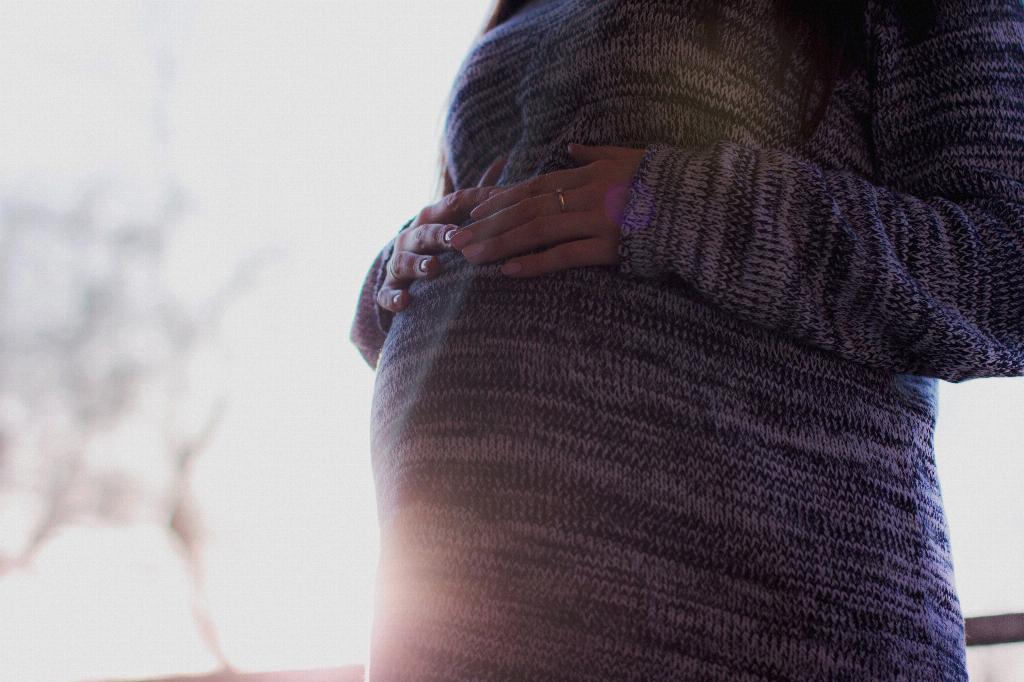After undergoing a cesarean section, many women may wonder if it is normal to experience a urinary tract infection (UTI) as part of their recovery process. Research has shown that UTIs and surgical site infections are the two most common types of infections that can occur following a cesarean delivery (Vincent et al., 2008). This indicates that while UTIs are a possibility after a c-section, they are not uncommon.
Studies have indicated that the prevalence of postpartum UTIs in women who have undergone a cesarean section is approximately 2.8%, compared to 1.50% in women who have had a vaginal delivery (Leth et al., 2009). This suggests that the risk of developing a UTI after a c-section is slightly higher than after a vaginal delivery, but it is still within the realm of expected outcomes for this type of surgical procedure.
The occurrence of a UTI after a cesarean section can be influenced by a variety of factors, such as the presence of any preexisting conditions, the use of catheters during the surgery, and the overall health of the individual. It is important to note that while UTIs are more common after c-sections, they are usually manageable with appropriate medical treatment and interventions.
One of the reasons why UTIs may be more prevalent after a c-section is due to the use of catheters during the procedure. Catheters are often inserted to help drain urine during and after the surgery, which can sometimes introduce bacteria into the urinary tract, increasing the risk of infection. Additionally, the physiological changes that occur in the body post-surgery can also contribute to a higher susceptibility to UTIs.
Symptoms of a UTI after a cesarean section may include pain or burning during urination, frequent urges to urinate, cloudy or strong-smelling urine, and pelvic discomfort. If you experience any of these symptoms following a c-section, it is crucial to seek medical advice promptly to receive an accurate diagnosis and appropriate treatment.
Preventive measures can also be taken to reduce the risk of developing a UTI after a cesarean section. Staying well-hydrated, maintaining good hygiene practices, and promptly addressing any signs of infection can all help mitigate the likelihood of experiencing a UTI post-surgery. Following your healthcare provider’s post-operative care instructions can also aid in preventing complications.
In some cases, healthcare providers may prescribe antibiotics as a prophylactic measure to prevent UTIs after a c-section. This approach is commonly used in high-risk individuals or those with a history of recurrent UTIs. However, the decision to prescribe antibiotics should always be based on individual patient factors and medical assessment.
If you have had a c-section and are concerned about the possibility of developing a UTI, it is essential to communicate openly with your healthcare provider. They can provide guidance on preventive strategies, recognize early signs of infection, and offer timely intervention if needed. Remember that seeking medical attention promptly is crucial in managing and resolving any postoperative complications.
In conclusion, while it is not unusual to experience a UTI after a c-section, it is a manageable and treatable complication. By staying informed about the risk factors, recognizing symptoms early, and following appropriate medical advice, you can navigate the postoperative period with confidence and ensure a smooth recovery. Your healthcare provider is your ally in promoting your well-being and addressing any concerns that may arise after a c-section.

